
A theoretical problem that once had a practical issue on its doorstep now has the following worry: what if the Earth rotates so quickly that a second needs to be dropped from Coordinated Universal Time (UTC)? As Scripps Institution of Oceanography geophysicist Duncan Agnew explains, “There’s never been a negative leap second, but the possibility of one occurring between now and 2035 is about 40%.” The Earth’s internal rotation dynamics, the fine ballet of terrestrial and celestial forces, and the technological underpinning of contemporary atomic clocks are all conspiring on an unprecedented dilemma one that potentially would cascade through the digital underpinnings of the global economy.
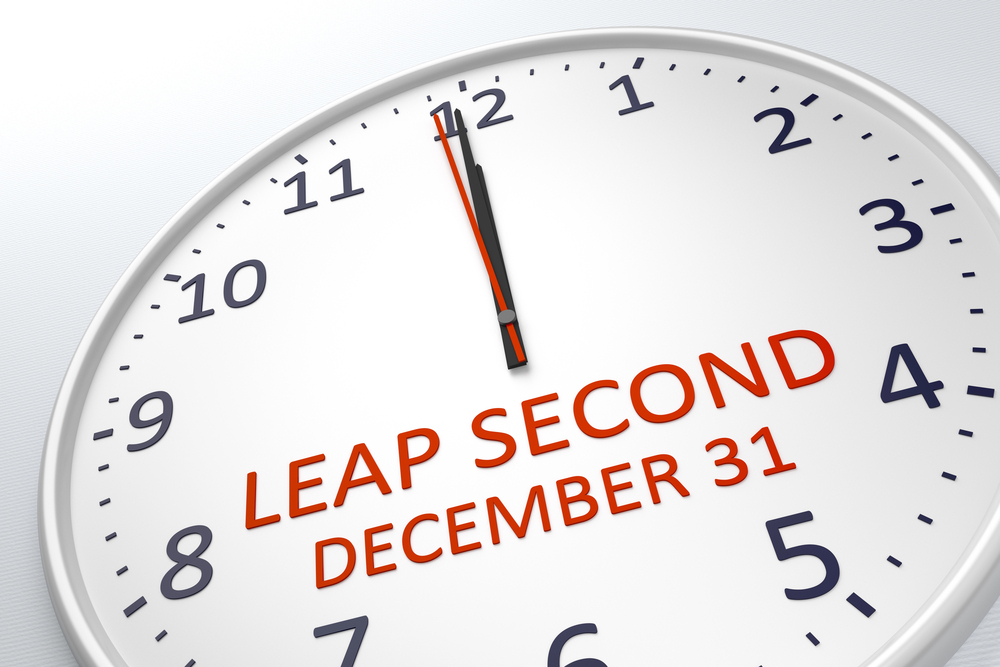
1. The Dynamics of a Negative Leap Second
The leap second, added in 1972 as a corrective measure, was initially meant to maintain atomic time, based on the vibrations of cesium atoms, aligned with Earth’s actual rate of rotation. Leap seconds were added historically but never subtracted. With Earth’s days decreasing nowadays, a negative leap second is a possibility. “Nobody ever seriously considered that the bad second would occur,” when the leap second system was implemented in 1972, says Judah Levine, a physicist at the National Institute of Standards and Technology. One inserts a second, a mundane but vexatious habit; one deletes one, a terra incognita without precedent for measuring time.

2. Geophysical Drivers: Tides, Atmosphere, and the Core
The Earth’s rotation is no metronome but an uneven, fluctuating mechanism. The moon’s tidal gravitational pull slows the planet when it’s over the equator and speeds it north of the equator or south of the equator. Seasonal atmospheric effects, like the migrating jet stream, factor in as well. Because the atmosphere decelerates during summer, the world makes up the lost time by spinning faster, as a result of the angular momentum conservation. The liquid core, on the other hand, transfers momentum to the mantle, as well as regulates rotation.
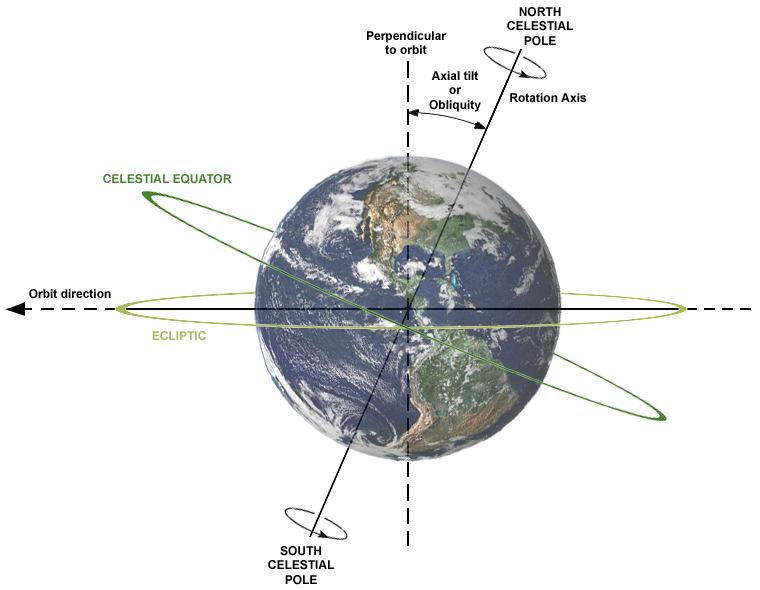
These variations are not random, Levine says, “These oscillations have short-period correlations, which is to say that if Earth is accelerating on one day, it is also likely to be accelerating the following day.” But that correlation vanishes as you go to longer and longer intervals. The interplay between these forces is so intricate that they are not predicted a year ahead by the International Earth Rotation and Reference Systems Service.

3. The Hidden Hand of Climate Change
Although climate change is generally referred to as having negative impacts, it has ironically postponed the time for an adverse leap second. As polar ice caps melt, mass is transferred from the poles to the ocean, making Earth more oblate and slowing the rate of rotation. Agnew’s study, which was released in the journal Nature, quotes that “if that ice hadn’t melted, if we hadn’t had global warming, then we’d already be having a negative leap second, or we’d be rather much on the brink of it.” Aside from modifying the speed of the planet’s rotation, the mass redistribution also modifies its axis, an effect verified by ETH Zurich’s Benedikt Soja. Under a worst-case scenario of emissions, Soja cautions, “the impact of climate change could overtake the impact of the moon, which has indeed been propelling Earth’s rotation for the last few billion years.” Climate-added lag, but the geophysical drive towards shorter days remains.
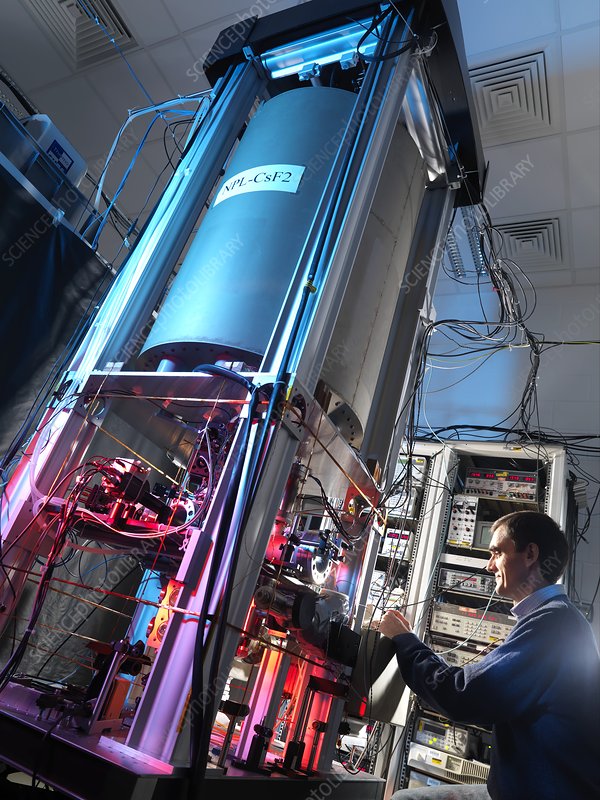
4. Atomic Clocks: The Bedrock of Precision
At the core of world clocks are atomic clocks, which measure the vibration of atoms of cesium-133 mostly to determine the second with unprecedented accuracy. The cesium fountain clock, for instance, cools atoms down to within a hair of absolute zero and shoots them up through a microwave chamber, counting the time it takes for 9,192,631,770 cycles. The NIST-F4 fountain clock was discovered in Metrologia to be accurate to 2.2 parts in 10 quadrillion, i.e., drift less than a second in 100 million years. Such clocks establish international atomic time, on which UTC is based, and synchronize as diverse as GPS satellite systems and financial networks. The transition from magnetic to optical pumping in cesium clocks has also enhanced stability and reliability, with optical clocks even more accurate than microwave-based clocks.
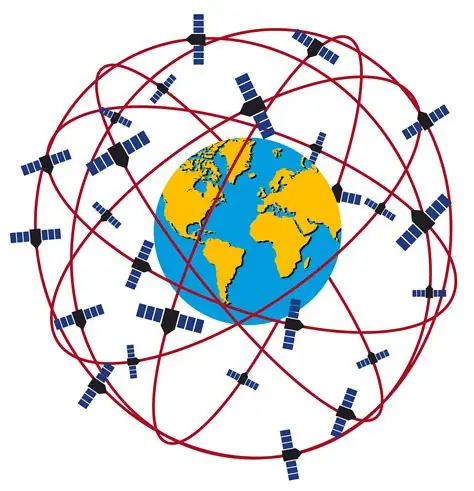
5. GNSS and the Leap Second Problem
Global Navigation Satellite Systems (GNSS) such as GPS rely upon atomic time for navigation and synchronization. GPS time never includes leap seconds, and therefore is always offset by +18 seconds compared to UTC. When leap seconds are added, operators of GNSS need to update their systems in a manner that will enable them to remain synchronized with UTC, something which has otherwise resulted in confusion and error. As a recent white paper states, “operators of those satellite systems and of digital networks have developed and applied different methods to introduce the leap second, which do not follow any agreed standards.”. The use of these various uncoordinated techniques threatens the stability of the synchronization functionality underlying critical national infrastructures.” GNSS timekeeping therefore sits at the intersection of atomic accuracy and geophysical variability.
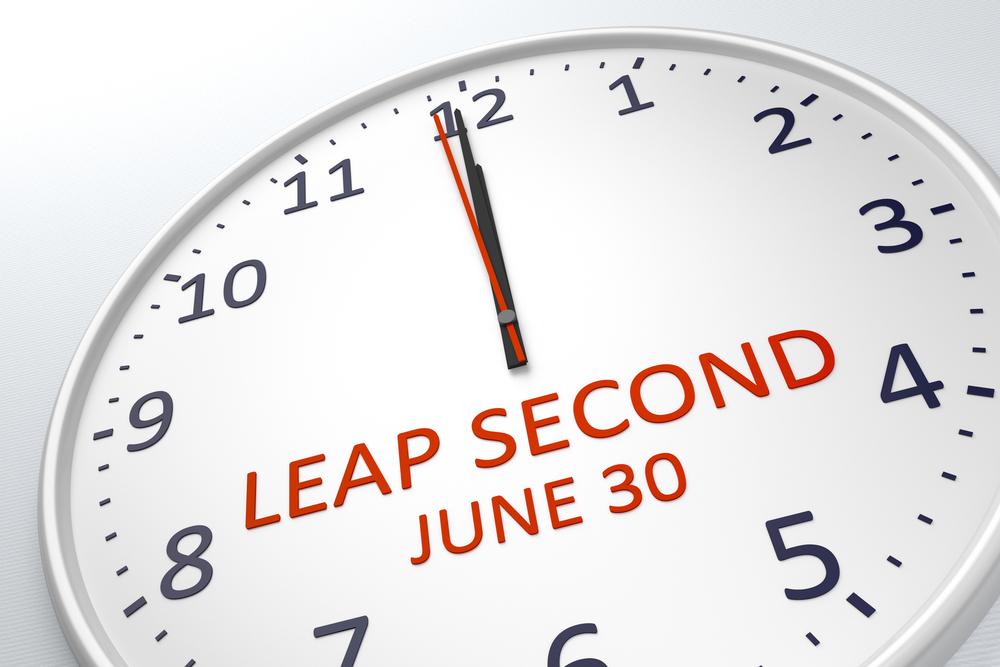
6. Technological Vulnerabilities: Lessons from Previous Leap Seconds
Insertion of leap seconds has a spotty history. A leap second in 2012 led to a worldwide Facebook blackout, with previous incidents bringing down Reddit, Qantas Airlines, and Oracle software. As Agnew warns, “One second doesn’t sound like much, but in today’s wired world, getting the time wrong could cause gigantic problems.” The negative leap second is particularly troublesome because, as Levine explains, “there are still places that do it wrong or do it at the wrong time, or do it (with) the wrong number, and so on.”. And that’s with a positive leap second, which has been repeated ad nauseam. There is a much greater issue with the negative leap second, since it has never been attempted, never been experimented with.” The danger is not theoretical: critical telecommunications, financial, and energy transmission systems could be disrupted by poorly controlled time adjustments.
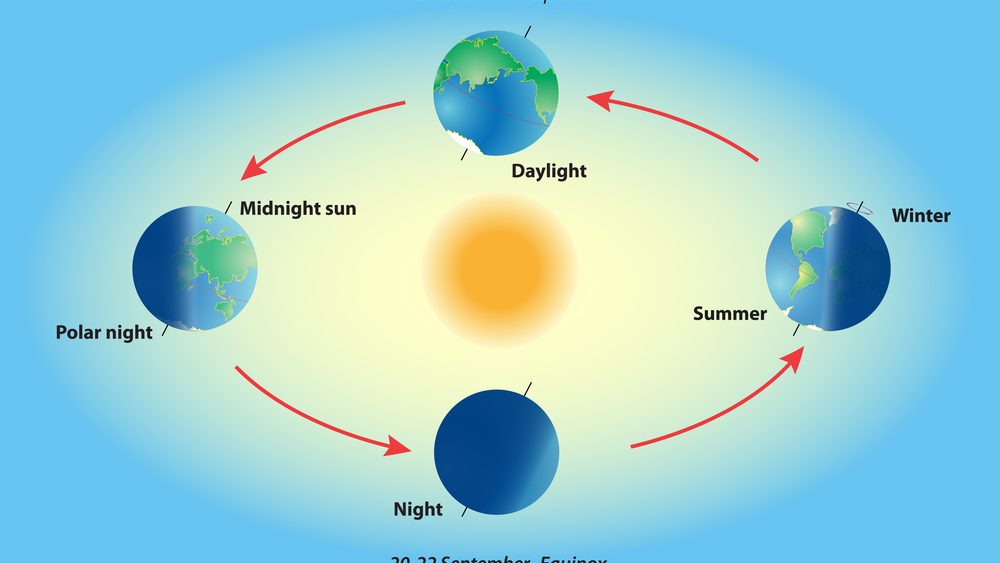
7. The Future of Time: Toward a Leap Second-Free Era
Realizing these risks, the General Conference on Weights and Measures (CGPM) in 2022 voted unanimously to phase out the leap second by 2035. This would enable UTC to drift away from Earth’s rotation by a minute or more and be given occasional adjustments instead of jarring leap seconds. As Levine puts it, “The solution will involve an extension of the maximum tolerance between UT1 and UTC, but the size of the maximum tolerance and what occurs once this maximum is achieved are still not specified.” Suggestions vary from raising the tolerance to 60 seconds, 100 seconds, or even an hour. The result is by no means certain, but the single aspect to which everybody agrees is that the hand-crafting of leap second adjustments is fast nearing extinction, and the next decade will reshape the relationship between atomic time and the universe.
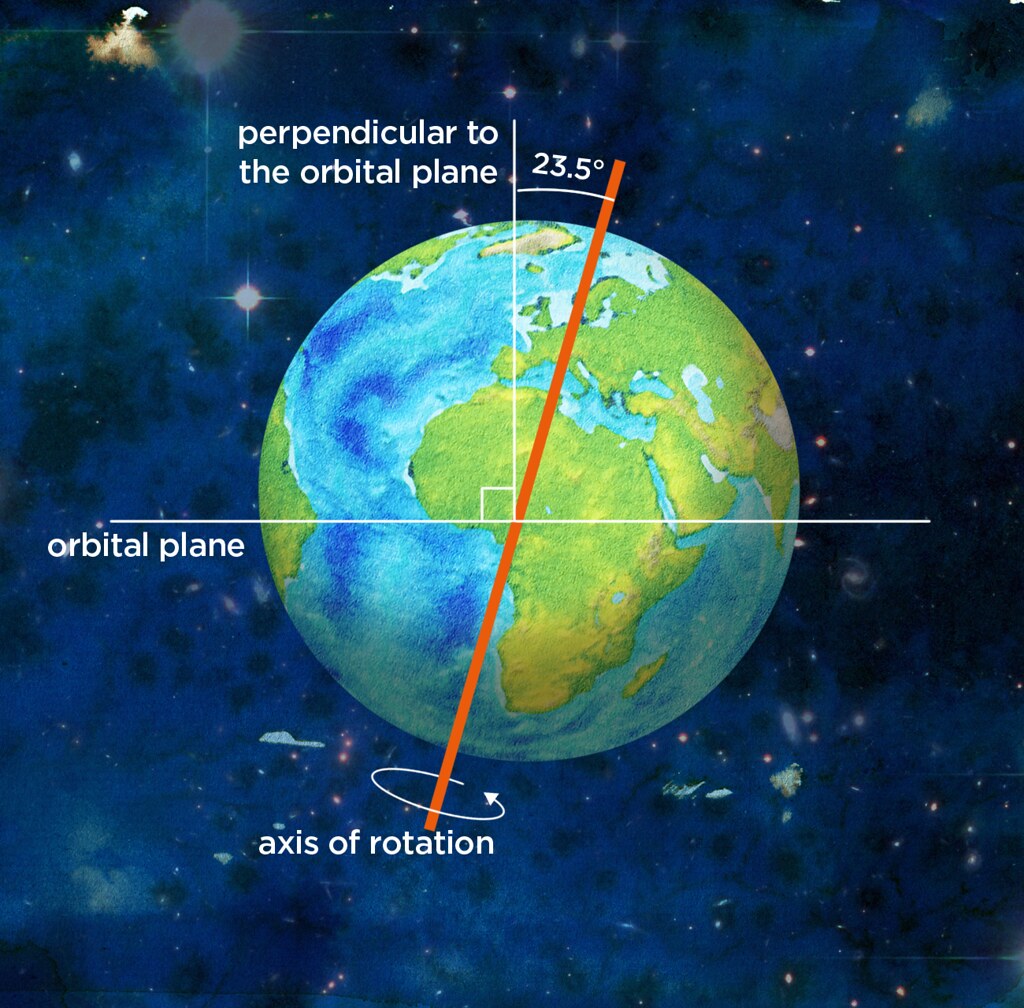
The question isn’t whether Earth’s rotation will simply continue back and forth, but how the world’s digital underpinnings will remain attuned to the relentless, spontaneous pulse of the planet. As Agnew says, “The Earth is a geophysical laboratory, not a timekeeper.” The task for scientists and engineers is to make the systems that are constructed upon this laboratory strong however the seconds pass.


